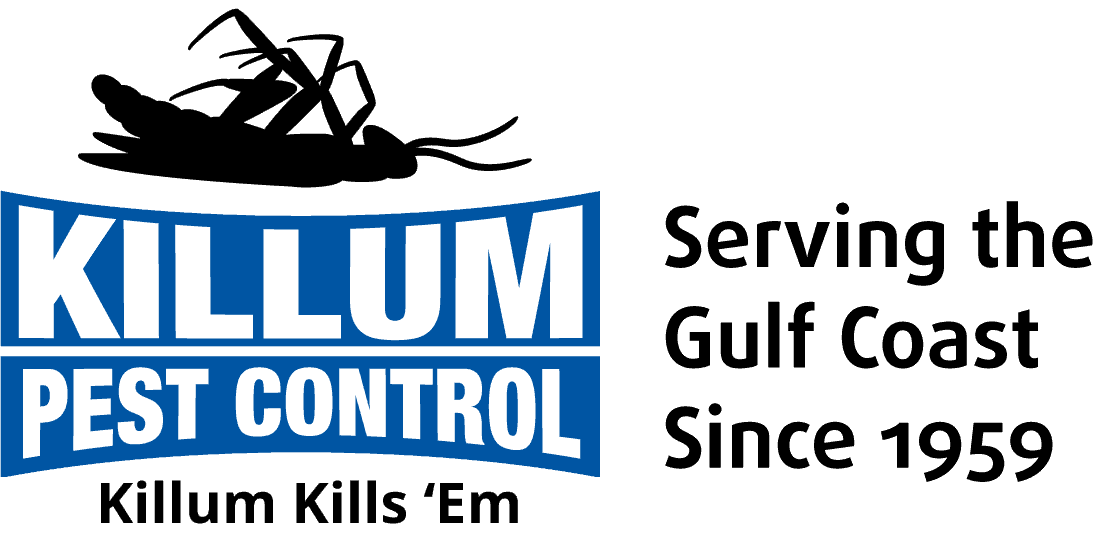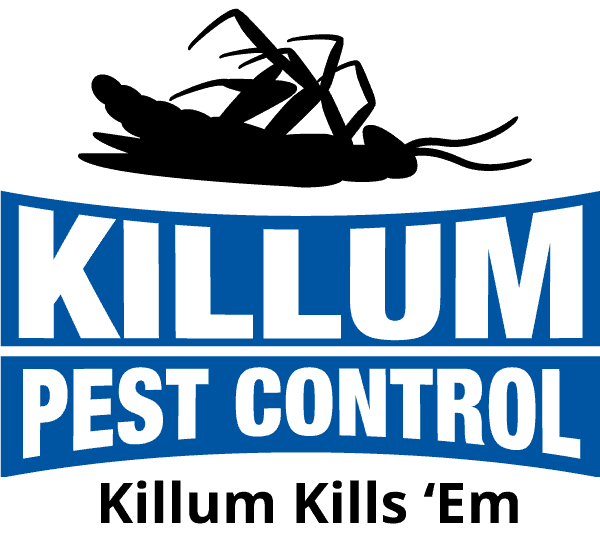Creating and maintaining a beautiful garden in Texas can bring a great sense of pride and satisfaction to those with a green thumb. However, common garden pests can threaten your carefully cultivated outdoor space, damaging or even destroying your prized plants.
In this blog post, we will explore the challenges posed by common garden pests in Texas and share valuable tips, techniques, and solutions for safeguarding your garden against these harmful invaders. By understanding the habits and preferences of various pests, you can take effective preventative measures to create a robust, thriving garden even in challenging environmental conditions.
Some common pests that can wreak havoc on Texas gardens include aphids, snails and slugs, Japanese beetles, spider mites, and stink bugs. Each of these pests has its unique characteristics, feeding habits, and preferred plants, making it crucial for gardeners to stay informed about their potential threats and develop tailored strategies for managing and preventing infestations.
Stay current with the most up-to-date pest control tips, regional pest control facts, and relevant information for Texas by subscribing to the Killum Pest Control, Inc. blog. Our team of knowledgeable, dedicated professionals will supply you with the tools and guidance you need to protect your garden from destructive pests and nurture a flourishing, healthy outdoor space.
Aphids: The Sap-Sucking Pests
Aphids are small, pear-shaped insects that can be found in a variety of colors. These pests feed on plant sap, leaving a sticky residue called honeydew, which leads to the growth of sooty mold. Aphids can threaten the health of your plants, causing yellowing leaves, stunted growth, and a lack of flowers.
Prevention and Control:
1. Monitor plants regularly and remove aphids promptly by hand or with a strong spray of water.
2. Encourage natural predators, such as ladybugs and lacewings.
3. Apply insecticidal soap or horticultural oil to control aphid infestations.
Snails and Slugs: The Slimy Munchers
Snails and slugs feed on leaves, flowers, and even fruit, leaving unsightly holes and slime trails in their wake. These mollusks thrive in damp environments and tend to become active during the evening and early morning.
Prevention and Control:
1. Eliminate hiding places, such as leaf litter and old pots, to discourage snails and slugs from entering your garden.
2. Create barriers with copper tape, crushed eggshells, or diatomaceous earth, which are all known to deter these pests.
3. Employ traps, such as beer-filled saucers or commercially available slug traps.
Japanese Beetles: The Leaf-Skeletonizing Invaders
Japanese beetles are easily recognizable by their metallic green and copper wings and can cause severe damage to gardens by feeding on foliage, flowers, and fruit. These invasive beetles favor plants such as roses, grapes, and raspberries, skeletonizing leaves and leaving behind only the veins.
Prevention and Control:
1. Handpick beetles from plants and dispose of them in a bucket of soapy water.
2. Apply neem oil or insecticidal soap to control Japanese beetles.
3. Use pheromone traps to capture adult beetles, but place them away from affected plants to avoid attracting more pests.
Spider Mites: The Microscopic Plant Damagers
Spider mites are tiny, spider-like arachnids that feed on the undersides of plant leaves, which can lead to the yellowing and eventual death of foliage. They thrive in warm, dry conditions, and populations can rapidly increase if left unchecked.
Prevention and Control:
1. Regularly inspect plants for spider mite activity, checking for tiny, web-like structures on the undersides of leaves.
2. Use a strong spray of water to dislodge and kill spider mites.
3. Apply horticultural oil, insecticidal soap, or employ beneficial insects like ladybugs and lacewings to manage infestations.
Stink Bugs: The Foul-Smelling Plant Nibblers
Stink bugs are shield-shaped insects that emit a strong, unpleasant odor when disturbed. These pests feed on plant juices, causing curling and yellowing of leaves, malformed fruit, and seed loss.
Prevention and Control:
1. Shield plants with row covers or fine mesh netting to prevent stink bugs from accessing them.
2. Handpick stink bugs from plants and dispose of them in a bucket of soapy water.
3. Use insecticides or natural repellents to control stink bug infestations, but apply these after pollination, as they can also harm beneficial insects.
Conclusion:
Gardening in Texas can be a rewarding experience, but common garden pests like aphids, snails, beetles, spider mites, and stink bugs can pose significant challenges for an unwary gardener. By understanding the unique characteristics of these pests and implementing effective preventative measures and control strategies, you can keep your garden vibrant, healthy, and flourishing.
Professional help like Killum Pest Control, Inc. can also play a vital role in safeguarding your garden from these unwelcome invaders. Experience and expertise in managing garden pests can increase the chances of long-term success. Partnering with trusted pest control service providers ensures your garden remains a sanctuary for your plants and a serene retreat for you and your loved ones.
Stay proactive, informed, and diligent in your gardening efforts, and relish the benefits of a thriving, pest-free outdoor space in your Texas home.
Killum Pest Control, Inc. is dedicated to providing expert South Houston pest control services for residential and commercial gardeners and property owners throughout the Texas Gulf Coast, covering Houston, Pearland, Friendswood, League City, Seabrook, Missouri City, and many other cities in the Brazoria, Ft. Bend, Harris, and Galveston counties. Contact us today for an appointment.





